The ideal op-amp is a device that
- Draws no input current
- Tries to do whatever is needed at the output to force its two inputs to the same voltage. If there is negative feedback, and the output doesn't hit either supply rail, it will succeed, this is called operating linearly.1
That universal diagram you have is intended to cover most op-amp applications. What you do is delete the components you don't need.
The first thing is to look at Rf. As the amplifier input takes no current, if an input current flows through (say) R1, then 100% of that current has to flow through Rf.
The first configuration then is to use only R1 and Rf, to form an inverting amplifier, if the +ve input is taken to ground. The gain A = Rf/R1.
As you point out, when you add R2 and R3, you get a summing amplifier.
With only marginally trickier mathematics, if you ground R1 (make V1=0), apply the input voltage to R4 and lose R5, you get a non-inverting amplifier, with gain A = R1/(R1+Rf). Work through why this is so yourself.
With suitable choice of input terminals and resistor ratios, you can make a differential amplifier. Replacing resistors with capacitors can give you an integrator or differentiator. Don't attempt these until you understand the basic inverting and non-inverting configurations.
1 Sometimes it hits the rails, and doesn't operate linearly. This happens in real life, good simulators, and also in more advanced questions about op-amps.

